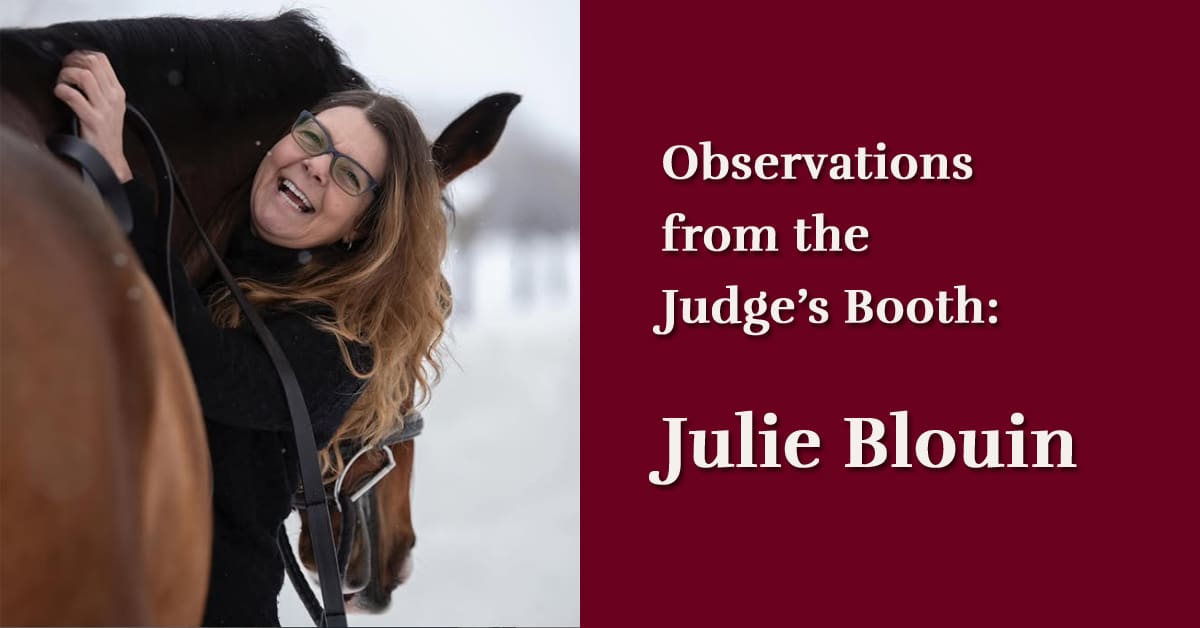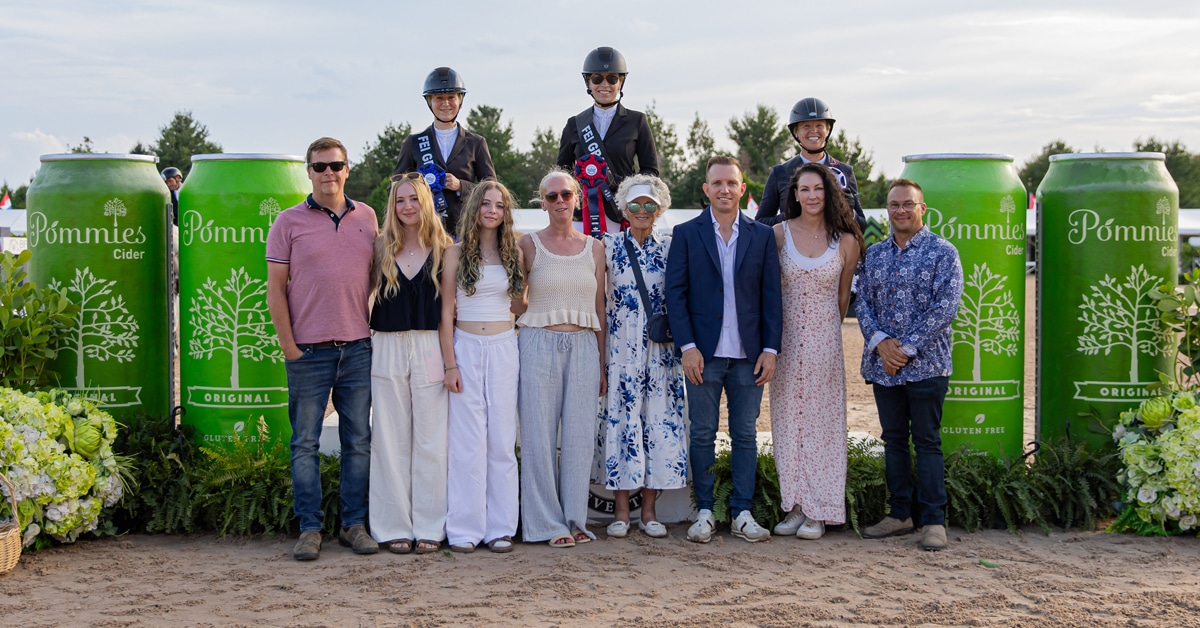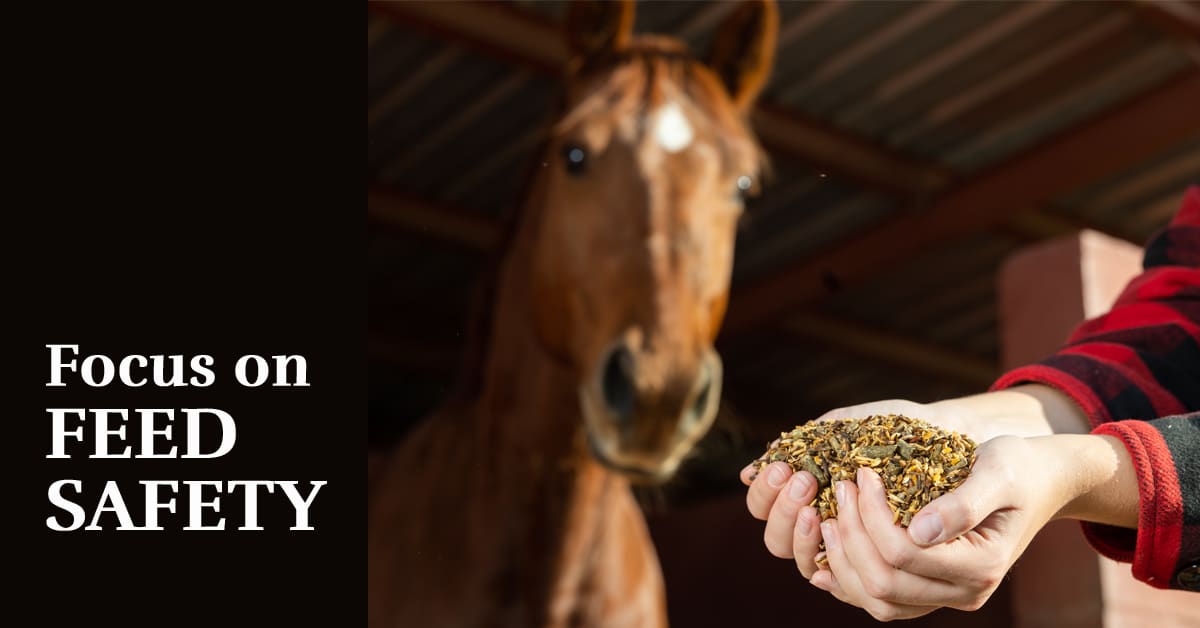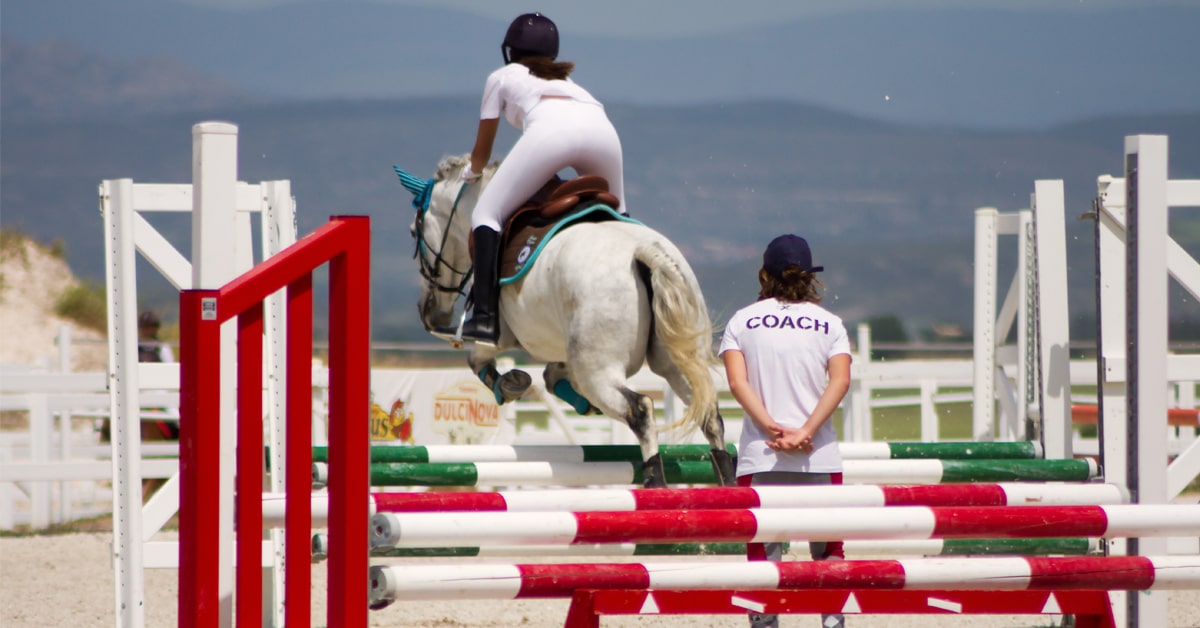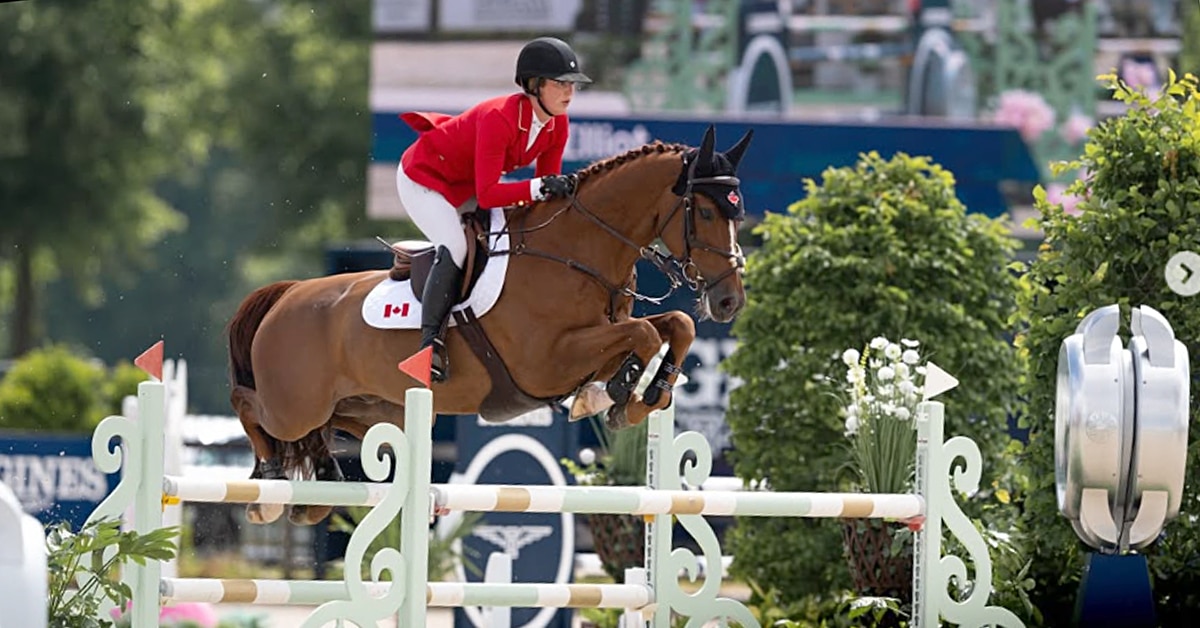That’s why when show season winds down, Canadian Eventing Team member Jessica Phoenix goes back to basic groundwork lessons with all of her horses, whether they are seasoned competitors such as her Olympic mount Exponential and Pan Am gold medal winner Pavarotti, or young horses just starting their eventing careers. Here’s Jessica’s advice about how to build confidence in your horse from the ground up.
“Groundwork is a good confidence-builder for your horse and in turn it gives the rider more confidence than you might think. You can you see how your horse reacts to different situations from the ground and it helps you know what to expect.
I put a rope halter on my horses and play natural horsemanship games with them. [You can find plenty of information about natural horsemanship on the internet, or from books or DVDs. Rope halters have knots that work on the pressure points on a horse’s head.] The basic idea behind natural horsemanship is to help you build trust, leadership, and respect, and the games help you develop that and to gain cooperation from your horse.
A very simple exercise to practice with your horse is asking him to follow you. If you run, you want him to trot beside you. If you stop or back up, you want him to do the same. It’s a very simple but effective exercise. Treats are a good motivator and a horse will usually follow you anywhere if you have treats, but don’t reward your horse if he’s pushing you. Wait until he is standing quietly and not touching you to reward him. Any resistance you encounter on the ground will usually correlate to the same type of resistance under saddle.
Other exercises you can work on at home include having your horse move his hind end or shoulder away from you when asked. Horses are definitely responsive to pressure and sometimes all you have to do is wave your hands and they’ll typically step away. If not, try pushing his shoulder or hind end with your fingertips or if he needs a stronger prompt, tap him with a little whip [or a Parelli “carrot stick”]. You can use the rope halter to practice making him turn away and towards you and to come forward to you when you ask.
“I don’t just practice these exercises in the barn or in the ring. Once my horses are responding well to the groundwork lessons, I take them out and play with them on the cross-country field. You can get your horse to go over ditches, logs, up and down banks and through water all from the end of a long rope or lunge line before you try it on his back.”
The Latest

